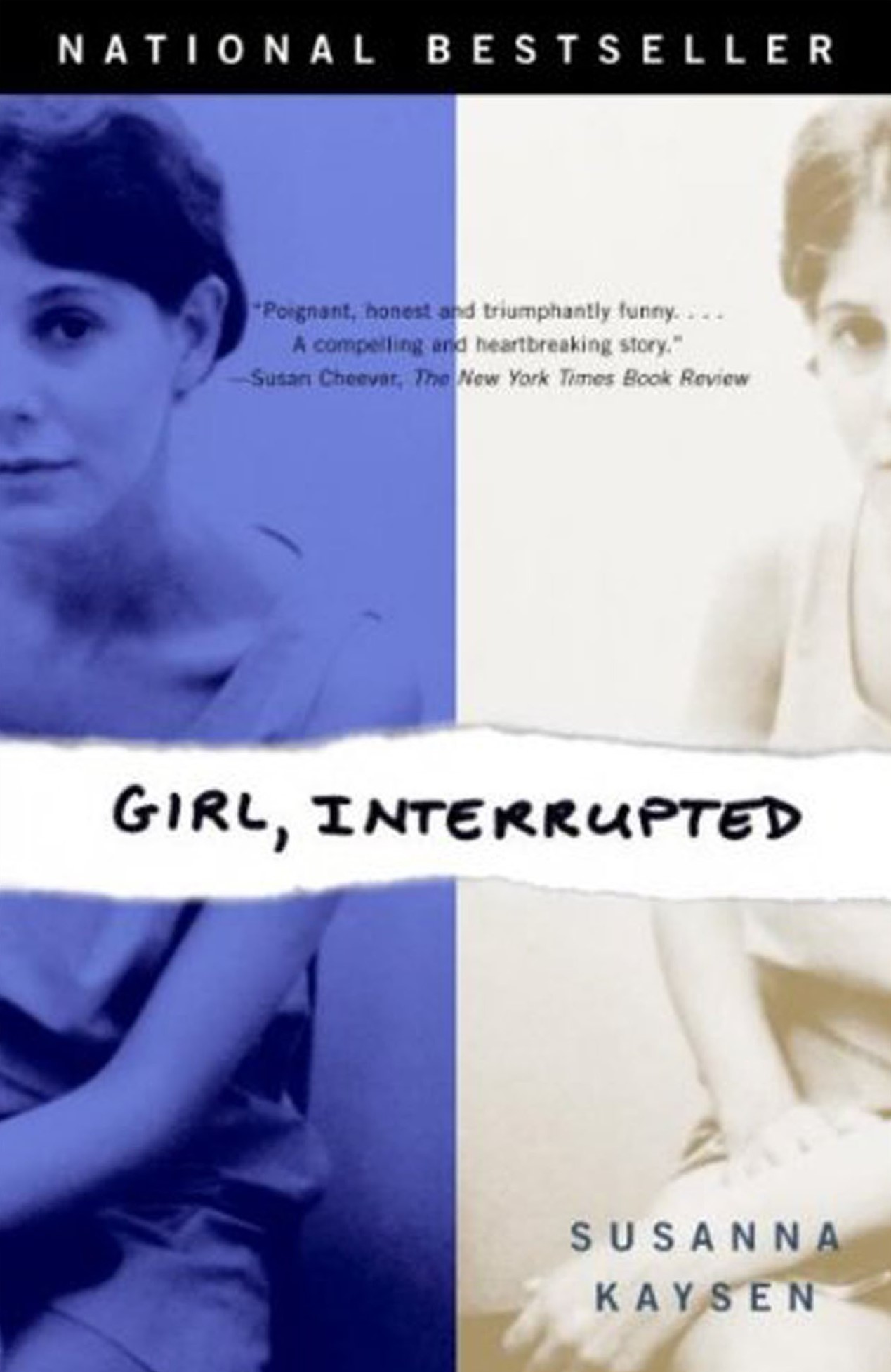What do you think?
Rate this book


169 pages, Paperback
First published June 1, 1993
"Every window in Alcatraz has a view of San Francisco."What some don't know about personality disorders is that they will not "just go away". You can learn how to cope with them, but you will not be "cured". The scary thing about them is that you can look at them as bits of your "regular" personality, just significantly amplified. Some of borderline personality disorder symptoms include implusivity, uncertaintly about one's identity, rapid changes in interests and values, thinking in black-or-white terms, unstable or turbulent emotions, chaotic relationships, fear of being abandoned, and feelings of emptiness and boredom. I am sure all of us have experienced some of these at one time or another. The scary question then becomes - what separates "normal" from "crazy"? Where are we on that spectrum? Is that what scares us about "going crazy"? The same question seems to be troubling Kaysen.
“Was everybody seeing this stuff and acting as though they weren't? Was insanity just a matter of dropping the act?”Doctors and nurses alike tend to be wary of patients with personality disorders, and borderline personality disorder in particular gets a bad rap. It can be quite draining treating someone with BPD, that's true, but we don't always think about what the world must seem like through their eyes. And that's where Girl, Interrupted brings this often overlooked perspective.
“The less likely (a) terrible thing is to happen, the less frightening it is to look at or imagine. A person who doesn’t talk to herself or stare into nothingness is therefore more alarming than a person who does. Someone who acts “normal” raises the uncomfortable question, What’s keeping me out of the loony bin?”












"'Today, you seem puzzled about something.’ Of course I was sad and puzzled, I was eighteen, it was spring, and I was behind bars.”
"They had a special language: regression, acting out, hostility, withdrawal, indulging in behavior. This last phrase could be attached to any activity and make it sound suspicious: indulging in eating behavior, talking behavior, writing behavior. In the outside world people ate and talked and wrote, but nothing we did was simple."
“I was trying to explain my situation to myself. My situation was that I was in pain and nobody knew it, even I had trouble knowing it. So I told myself, over and over, You are in pain. It was the only way I could get through to myself. I was demonstrating externally and irrefutably an inward condition.”




